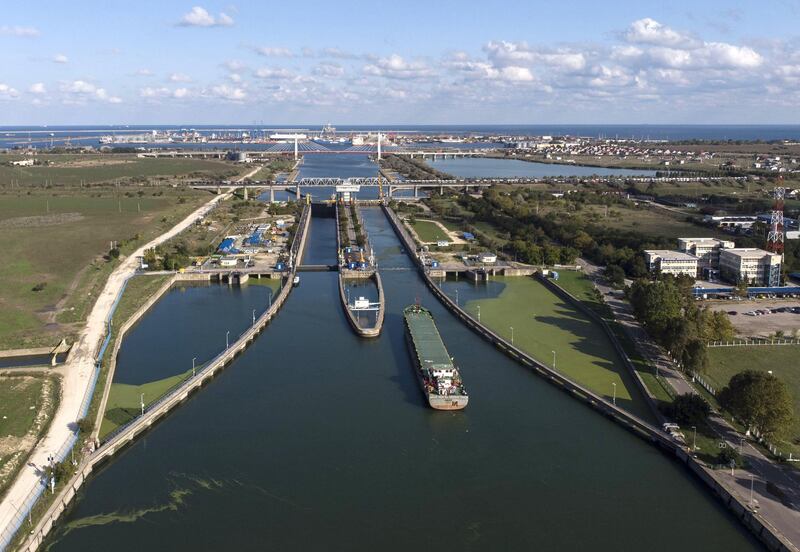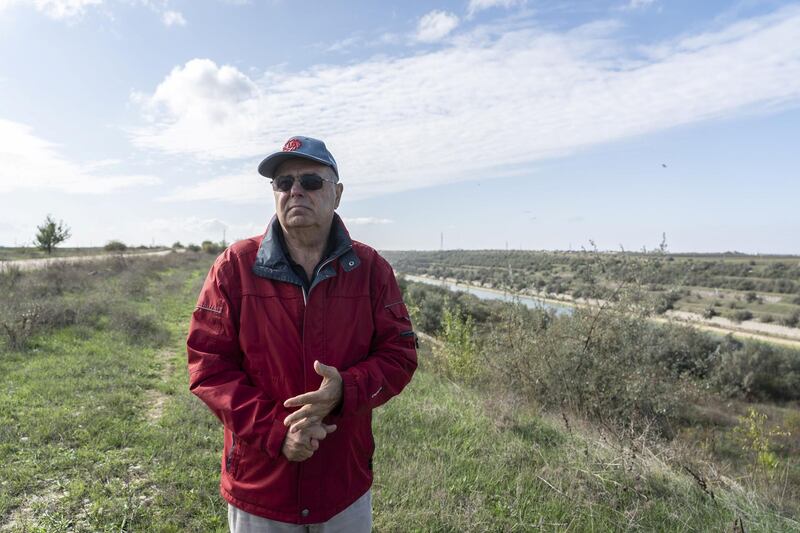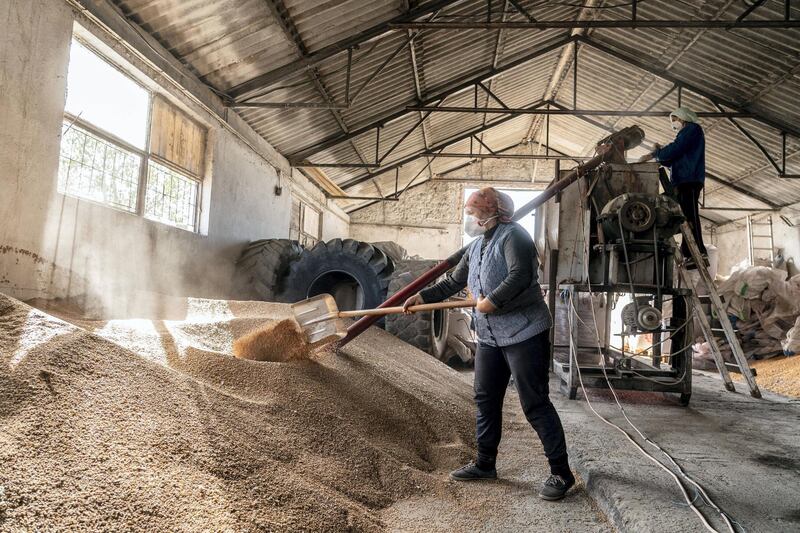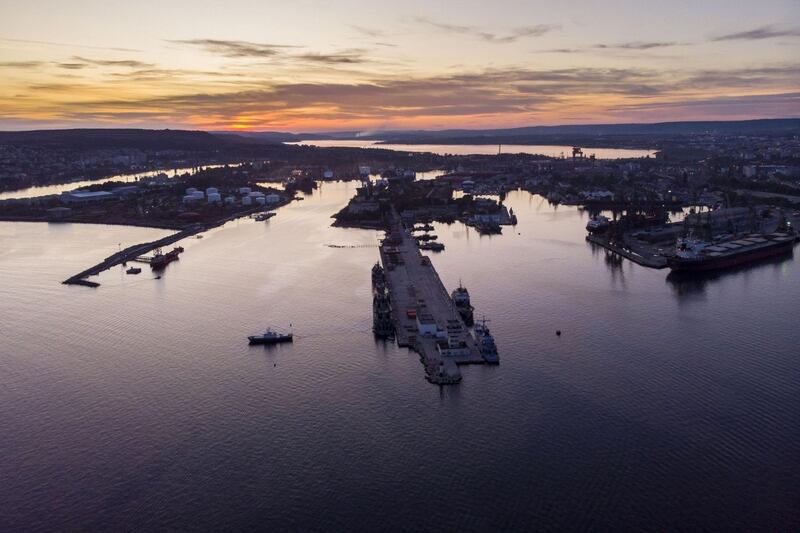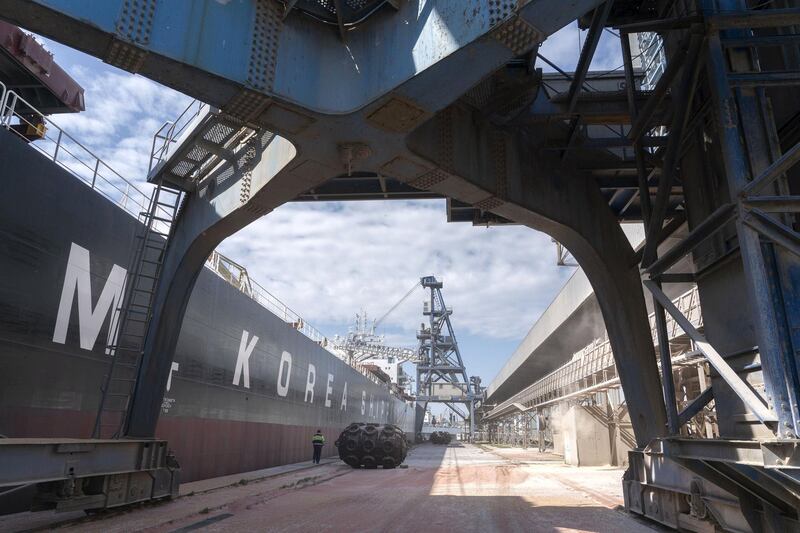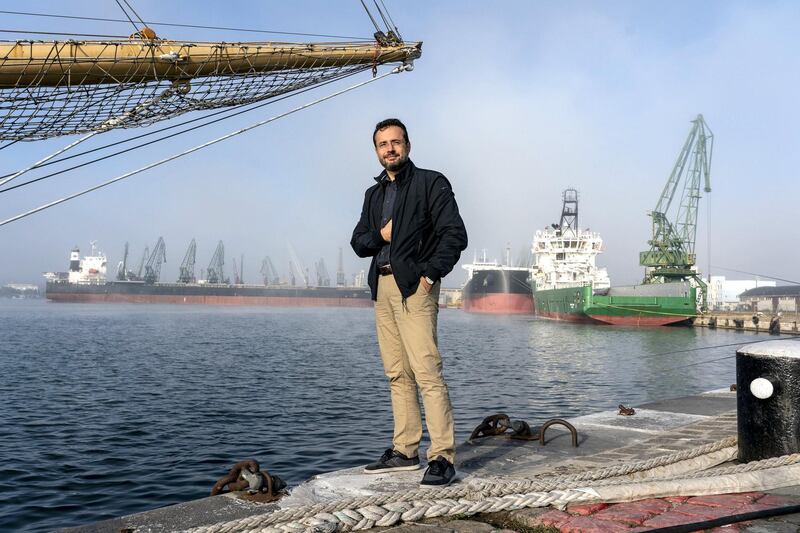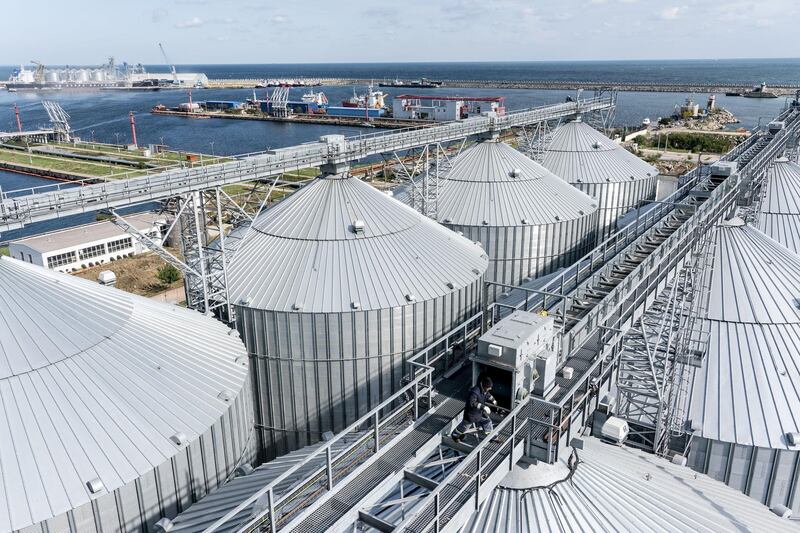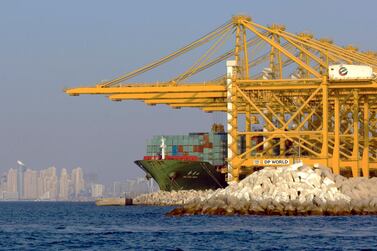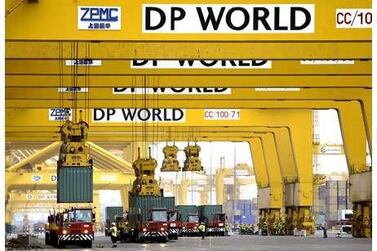The canal from the Danube River to the port of Constanta is notorious in Romanian history. Thousands of political prisoners died to start it and a brutal dictator bankrupted the country while finishing it.
Today, the 64-kilometre channel through rich farmland to the Black Sea is a gateway to world markets. Thirty years after the end of communism, it’s helped turn one of the European Union’s poorest members into its biggest exporter of wheat alongside France. The symbol of oppression and totalitarian vanity is now an example of the transformation of a country that endured some of the harshest conditions during the Cold War.
The region that straddles the Danube in Romania and Bulgaria has made it a bread basket for centuries. But after fits and starts towards the free market, chronic shortages, corruption and political upheaval, it’s plugged into the world economy thanks to the EU’s open borders and money.
The two Balkan countries received more than €30 billion (Dh122bn) of aid that has modernised the agricultural industry. Romania exported 2.3 million tonnes of wheat since the season started in July, more than anywhere else in the EU so far, though France usually overtakes eventually. Bulgaria was third with 885,000 tonnes.
Gheorghe Lamureanu remembers the canal project being resurrected by Romanian dictator Nicolae Ceausescu in the 1970s, when wheat sales abroad meant many people couldn’t get enough food. The 64-year-old farmer has worked the fields adjacent to the waterway for more than four decades and uses the canal to irrigate his fields.
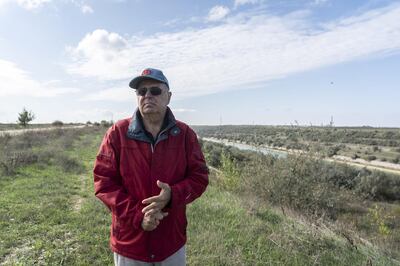
“The transition from communism was difficult,” said Mr Lamureanu, as a farmhand chiselled thick clods of dirt from the blades of a two-metre-wide disc plough attached to a new tractor. “We were just used to being producers. We’ve never known how to sell, so we had to adapt.”
Since joining the EU in 2007, local farmers improved seed stocks, bought new machinery and boosted output with EU agricultural subsidies. Output is outstripping domestic demand, making more of the grain available to ship abroad. Romania is also a key conduit for other countries in the region that are part of the EU’s open market.
A majority of what Romania ships is not grown in the country. The Danube waterway brings product from farms in Slovakia, Hungary and Serbia. Practically all of Bulgarian wheat exports are domestically produced. Exports through Constanta might even beat the previous record set in 1989.
The biggest hurdle to further expansion is the poor rail and road infrastructure in Romania and the quality of shipping facilities in Bulgaria. Transportation networks and port loading methods are still saddled with outmoded equipment built during state-controlled economic times that make loading slower than western ports.
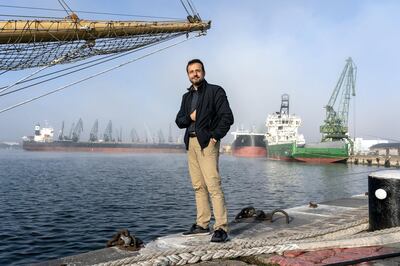
For growers, “technology has improved significantly, of course, due to accession", said Petar Dimitrov, the head of Agricore, a grain commodities brokerage in the port city of Varna, Bulgaria. But for port handlers and shippers, “it’s all about logistics", he said. “It’s a huge limitation.”
Under communism, collectivised farms across eastern Europe sold produce for hard currency or traded goods for commodities such as oil and gas from the Soviet Union without considering the complexities of global trade.
Following an early summer harvest, Mr Lamureanu was getting the fields ready to replant seeds the following day for harvesting next year. “We’re happy now that we’ve begun exporting,” he said.
Across the border in Bulgaria, Orlin Panev’s 300 hectares of fields were already stripped and he is ready for the next planting season.
Without the ability to increase farmland in the country “except by means of war” or control fickle weather conditions, Mr Panev and other farmers are focusing on improving quality. Egypt is the biggest importer of wheat from the Black Sea region, while Bulgaria sends half its production to Spain. “The region has become a very serious factor, including in shaping international prices,” said Mr Panev.
Still, loading in both Constanta and Varna are limited by outdated technology. It uses large metal jaws and transfers the product one scoop at a time.
Constanta is about to get a major competitive boost. A new grain storage and handling complex of 24 silos is set to transfer 72,000 tonnes a day on to ships, six times faster than the current available rate. The complex costs more than €50 million, mainly from local banks. The EU funded a railway connection to support the new terminal.
As warning sirens wailed and walkie-talkies squawked up and down the busy pier, operators swung 26 metre-high tubes into place above empty trucks and watched grain tumble out at the fastest rate in Constanta’s history.
“I like to say, ‘Build the road and the people will come’,” said Viorel Panait, president of the biggest cargo handler in Constanta, Comvex. “This was a piece of the puzzle that was missing, this terminal.”
In Bulgaria, there are also plans afoot to take exports to the next level. The state-run port of Varna still shovels grain on to ships bound for North Africa the old-fashioned way with so-called grabbers. A €100m project would transform an adjacent wharf into a cargo handling and container facility with a grains terminal planned to export as much as 2.5 million tonnes per year.
The port, called TPP Ezerovo Ead, is being driven by Danail Papazov, a former transport minister who hopes to close a financing deal to start work by the end of this year with an eye to completing the project within two years. Its biggest investor so far is retired politician Ahmed Dogan, who bought 70 per cent of Mr Papazov’s company.
Earlier that day, as the morning fog over Varna dissipated, a cargo ship loaded with 48,000 tonnes of wheat bound for Indonesia emerged into view. It was being topped up with grain in a process that’s the slowest in the Black Sea.
“It will be improved with these terminals,” said Mr Dimitrov at Agricore. “This will save a lot of money and this money will also go back into the pocket of the farmer.”
Back in the early 1990s just after the former eastern bloc had ditched communist regimes, the need to improve efficiency in a newly minted free economy was a scary concept for farmers such as Mr Lamureanu. All they knew was a centrally planned economy under a dictatorship.
The link between the Danube and the Black Sea was called the “Death Canal” in the 1950s as thousands of political prisoners died building it before the project was initially abandoned. Mr Lamureanu can’t forget the brutality of the authorities before it was completed in the 1980s, though sees the wisdom.
“The channel is a legacy of the communist era,” he said. “But it’s one of the construction projects that brings tremendous benefits.”
